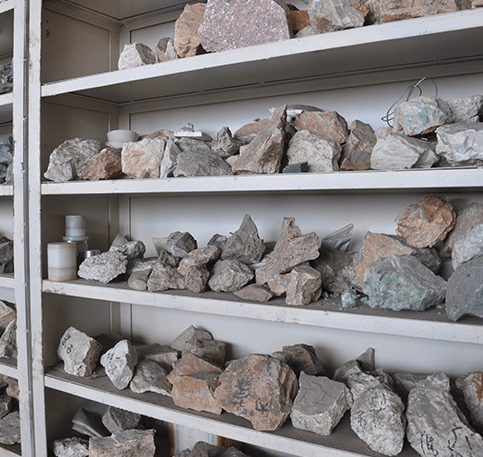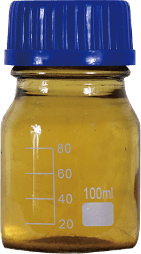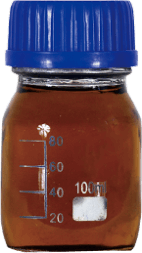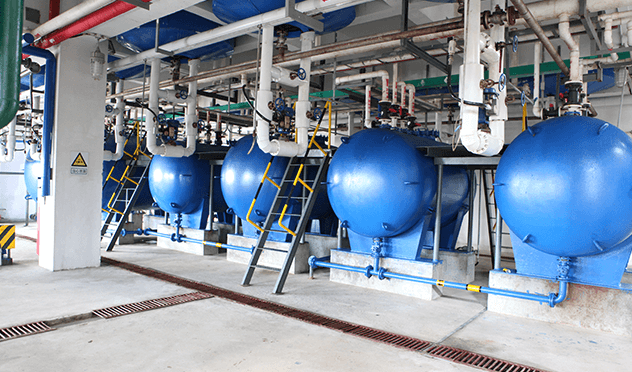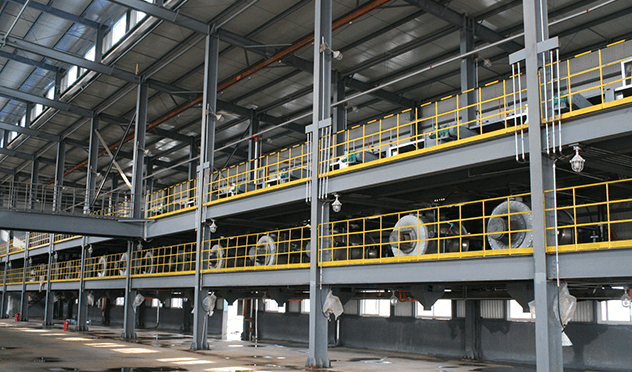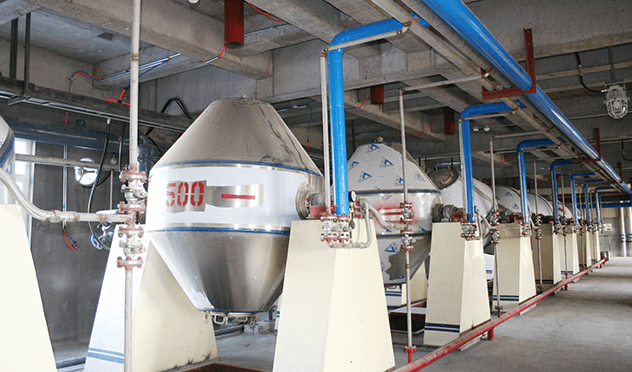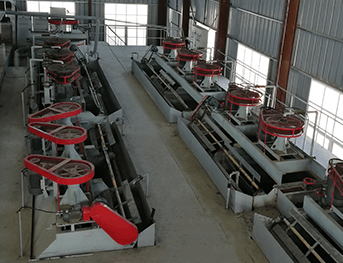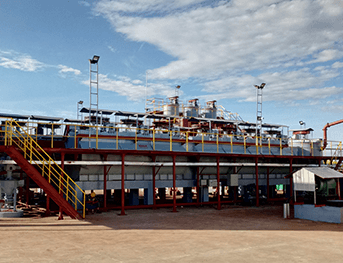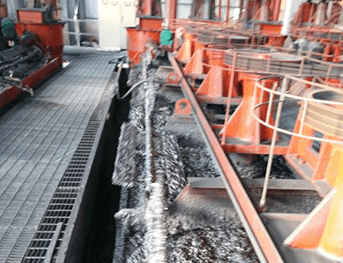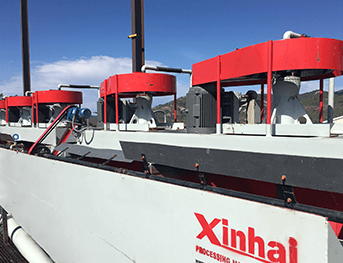03Dosing method
One-time dosing: Add all the flotation agents in one time before the roughing operation.
Application: Generally, one-time dosing method is suitable for those reagents that are soluble in water, cannot be taken away by the froth and is not easy to react in the pulp, such as lime, soda.
Advantage: high reagent concentration, easy to add.
Several-time dosing: Add the flotation reagents in several times along roughing, concentrating and scavenging. Generally, add 60%~70% of the total amount before the flotation stage, and the rest of reagents is added to the appropriate locations in batches.
Application: Oxidizing, labile and reactive reagents, such as xanthate, sulfur dioxide gas; Reagents that are insoluble in water and can be taken away by the froth, such as oleic acid, aliphatic amine; Reagents required a strict dosage, such as sodium sulfide.


